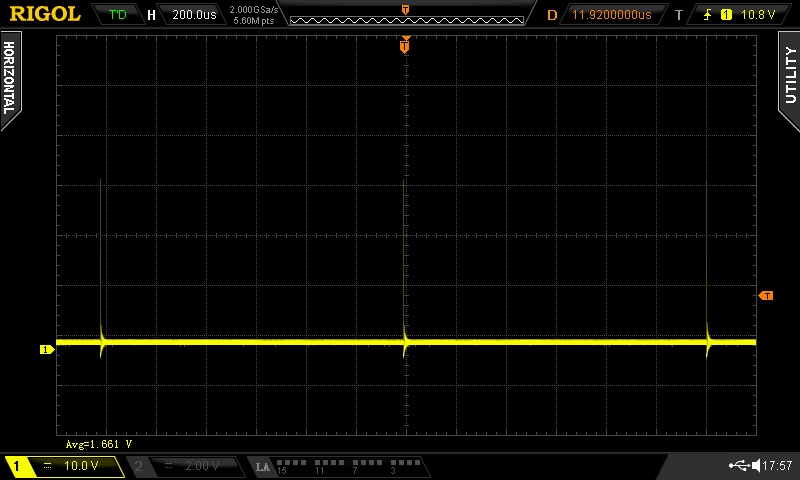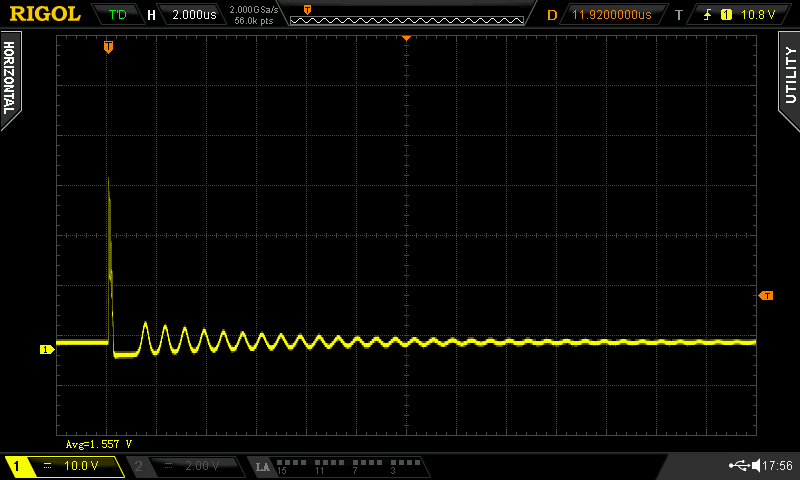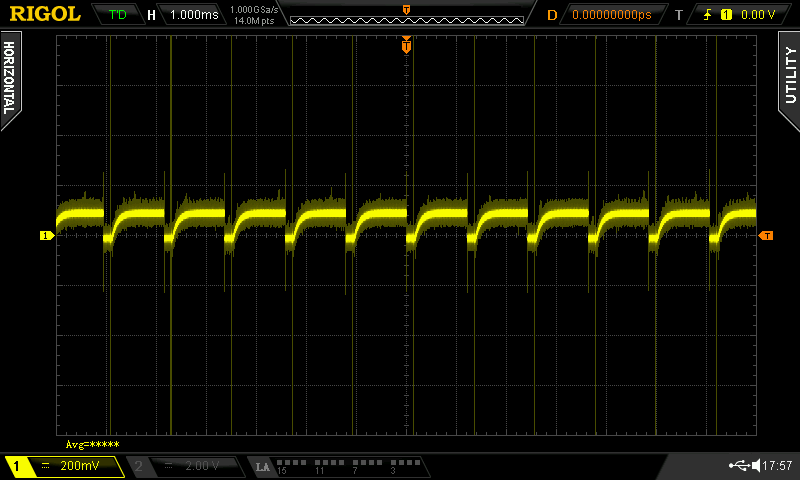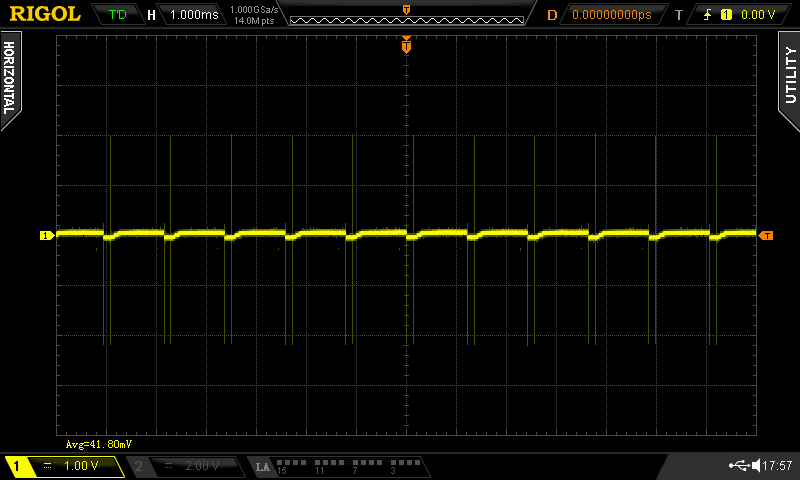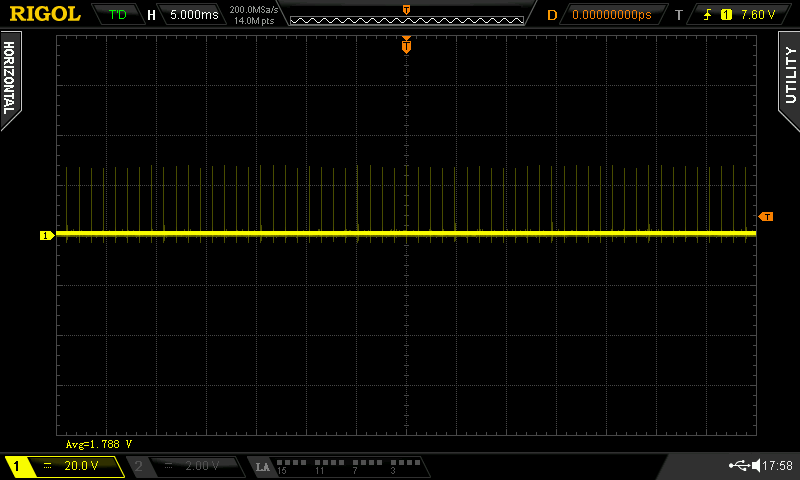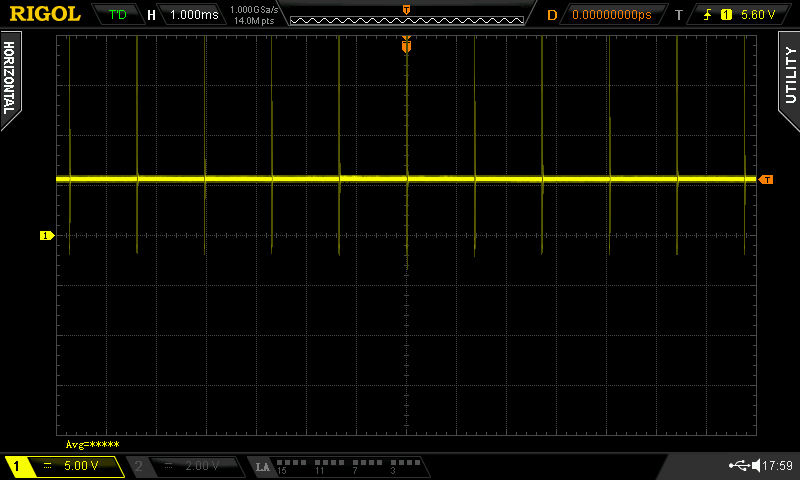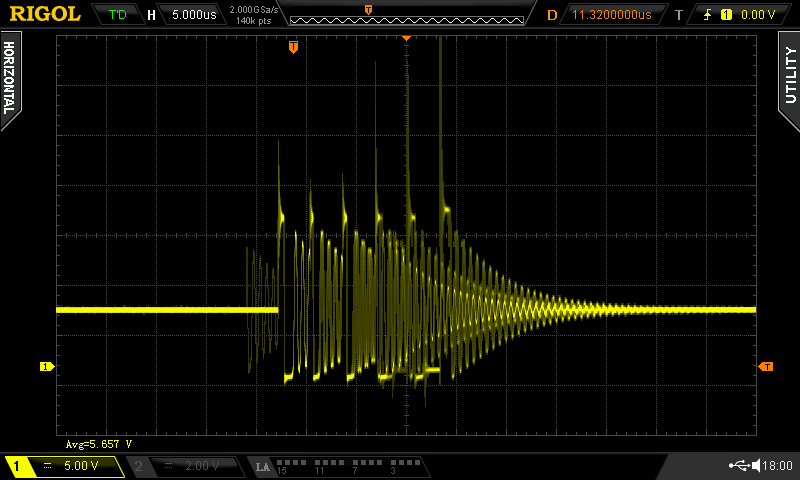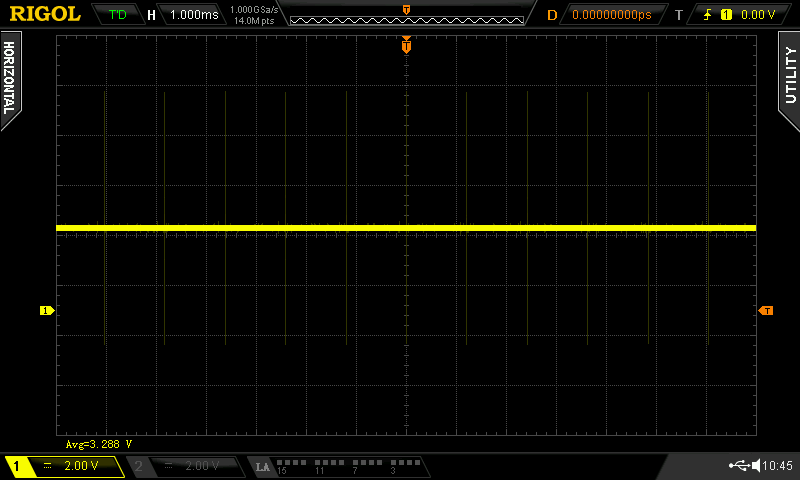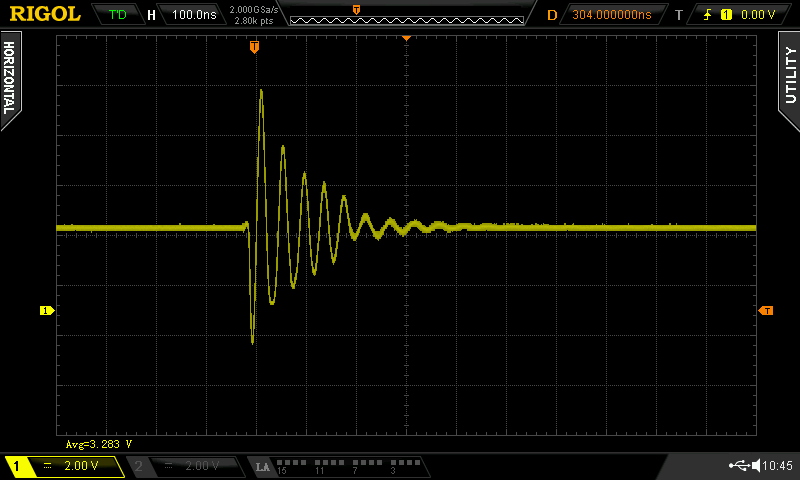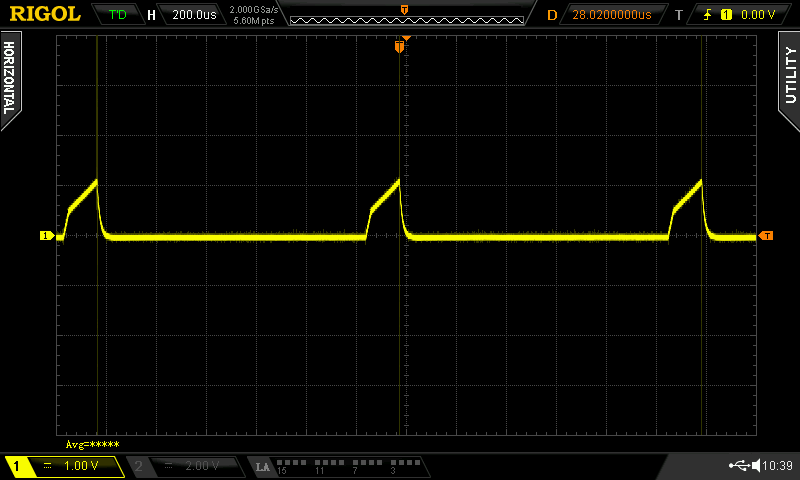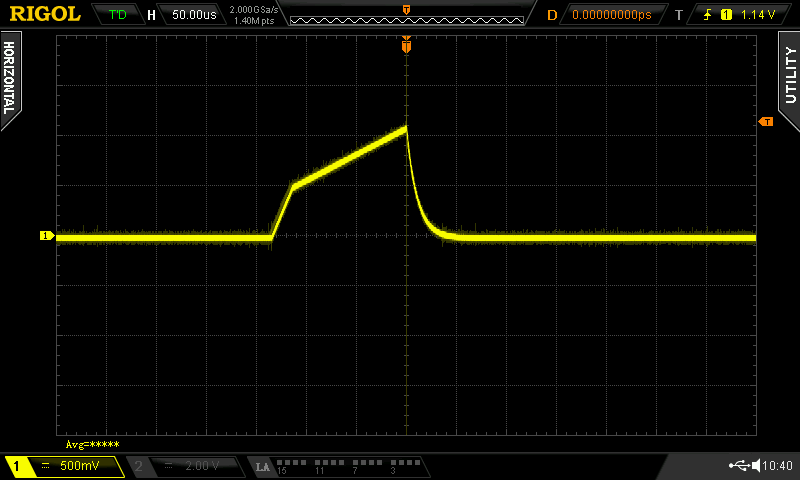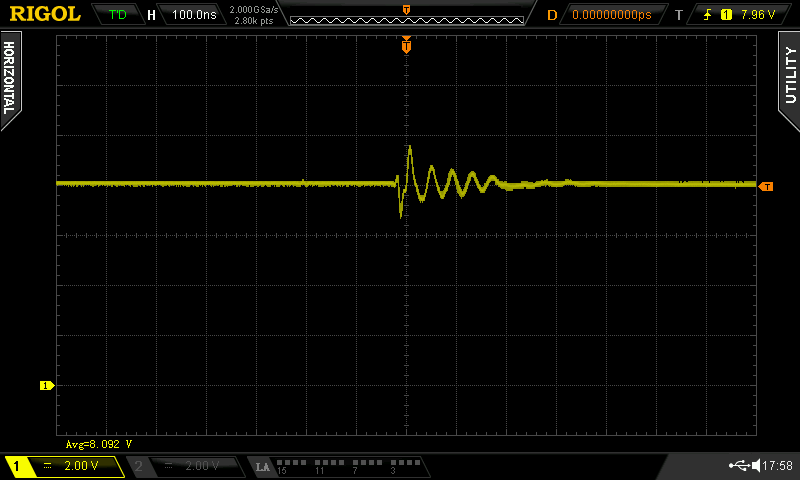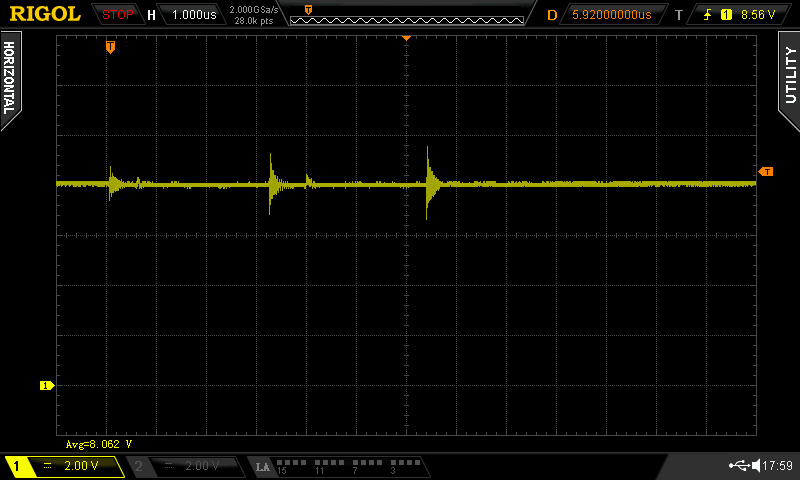Other Parts Discussed in Thread: TPS40170
Tool/software: WEBENCH® Design Tools
Hello to all,
This is my second Webench schematics that is not working. I've checked lots of various ideas, but still, it is not working. The link to schematics:
https://webench.ti.com/appinfo/webench/scripts/SDP.cgi?ID=5025DB283538923C
And for comparison my schematics in Eagle:
Well, it did not explode - a good start. For my it seems 1:1 as in Webench, but maybe you can find a difference, causing it to malfunction. With Vin applied (14.8V) the Vout stays at about 2V for unlimited time. As I power it up from laboratory power supply I can easy change the Vin, so when I change it, lets say go from 14.8V to 12V, suddenly the output becomes about 5V. If I put the Vin back to 14.8V - Vout changes to about 6V. Though it never reaches the needed 7V. Voltage on FB pin is about 0.5V, which I suppose means, that FB divider is OK, at 7V output it should be targeted 0.6V. But the TPS40170 is not increasing the Vout. Strange thing - HDRV has a very strange pattern, LDRV is just a straight line at 0V. Naturally, SW is also abnormal...
HDRV (Vin 15V, Vout about 2V):
Closeup of one pulse:
LDRV, same conditions:
LDRV zoomed out, to show spikes:
SW signal. At this point I lowered Vin from 15V to 11V, somewhere at approximately 12V it began increasing output voltage. SW already at increased voltage:
Lots of spikes, a little zoomed view, for more precise period/frequency calculation:
And one spike zoomed:
PCB should be exactly as in Eagle schematics, so I exclude the mistake here. Parts are also checked and seems to be OK. What else ? I would try to desolder the transistors (to measure clean signal controlling the transistors), but I think this way TPS wouldn't be working at all, right ? Anyway, I would be grateful for all ideas, it cant be that Webench made a faulty schematics second time...
Best regards
Dainius



